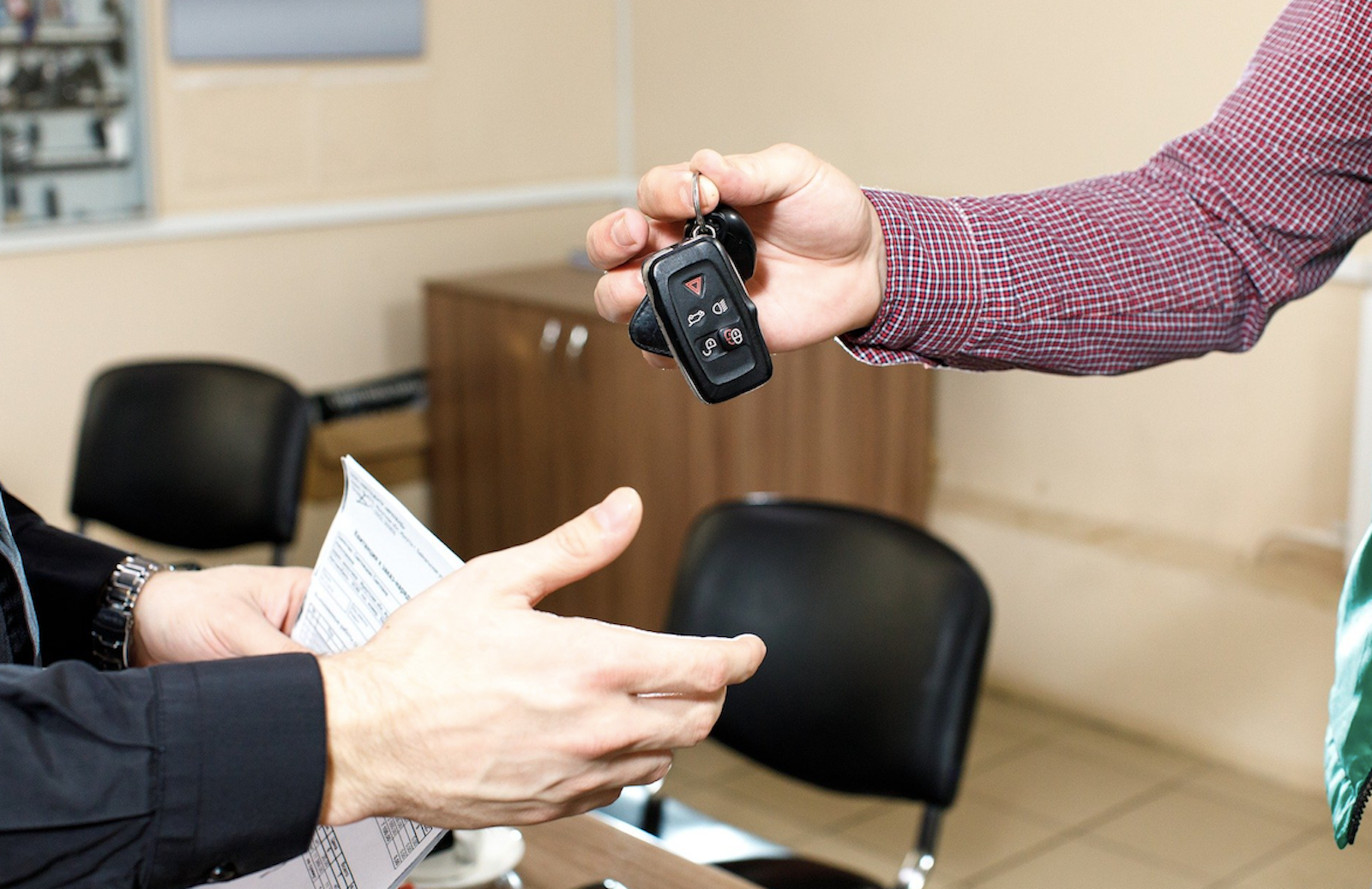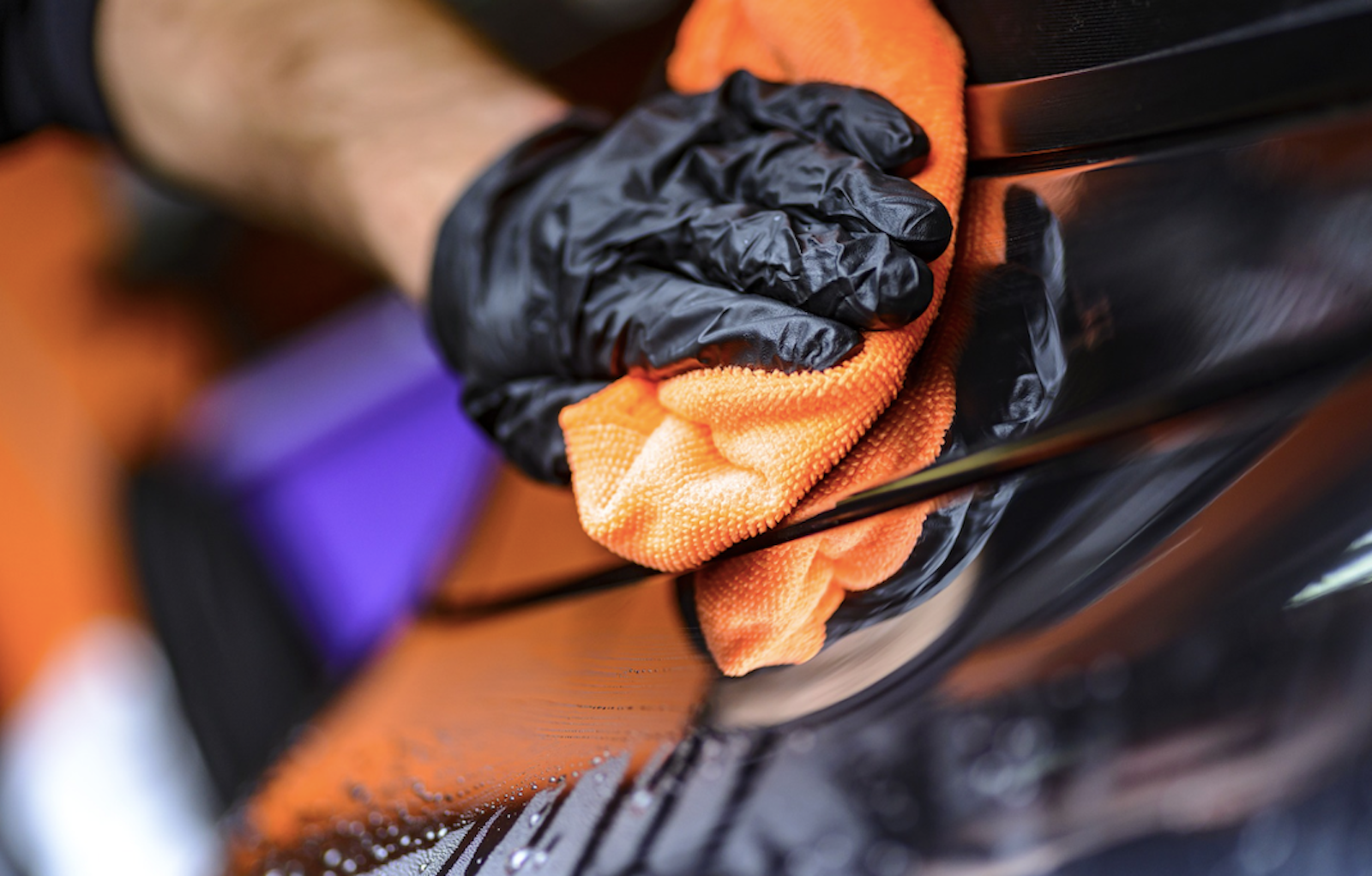Lease return – most people lease again in the end despite depreciation
For many years, your car was a loyal companion. He got you through rain and snow, went on vacation and transported both the children and the family dog safely. Your car had a lot to do, but now it's time to say goodbye. When the lease is due to be returned, it can be difficult not only emotionally but also financially. But according to a Carwow survey*, 34% of all respondents were able to return their vehicle without complaints.
You want to lease a car again? No problem, we have a selection of our top leasing offers for you here:
| Model | Offers from | |
| Seat Arona | 79 € / month | Compare leasing offers |
| Fiat 600 | 119 € / month | Compare leasing offers |
| VW Taigo | 129 € / month | Compare leasing offers |
| Seat Ibiza | 89 € / month | Compare leasing offers |
| Kia Ceed | 100 € / month | Compare leasing offers |

How does a lease return work?
Regardless of whether you have taken out a private lease or a commercial lease, a 3-way financing or a conventional lease, the process of a lease return is always the same:
Inspection of the vehicle
You will receive an appointment with your dealership shortly before the end of the leasing period to have the vehicle inspected. Here it is assessed whether the vehicle is in an age-appropriate condition. The assessment is recorded in a return report. Both a proper condition and complaints of major damage are noted there.
Often, it is not the car dealership itself that carries out this inspection, but an independent expert. You must bring all relevant vehicle documents such as proof of inspections carried out, TÜV certificate, vehicle registration document and any repair invoices to the appraisal appointment.
43 percent of our customers surveyed stated that they had returned a vehicle from the VW Group. Of all respondents who have had a lease returned, 47 percent stated that value-reducing damage was found during the assessment. While there is a lot, it also means that more than half of all respondents did not experience any impairment.
Determine the condition of the vehicle
After a leasing period of three or four years, certain signs of wear and tear are completely normal. That's why you don't have to worry. Age-appropriate signs of wear include, for example, slight, polishable scratches on the paint surface, stone chips, slight abrasion on bumpers, or small, easy-to-remove dents. You can also have these repaired by a professional with Smart Repair, then there are (usually) no discussions when returning the leased vehicle.
What is defined as a sign of wear and what is defined as damage should be defined in a catalogue of claims with clear guidelines. It is best to find out from your lessor whether such a catalogue is available for you to view. You should therefore not screw a tablet holder to the dashboard, but use a suction cup.
This allows you to estimate in advance whether your vehicle is in good or worse condition. The TÜV also offers to test the vehicle in advance under the same criteria for relatively little money. Then you would have your TÜV report as a comparison to the one presented by the car dealership.
If you have to pay for damage, then you should know that the lessor does not charge you for the cost of the repair, but the amount by which the value of the vehicle decreases due to the damage.
If you have had an accident with the leased car over time, you may have to pay an amount for the depreciation when you return it. However, you should have clarified this shortly after the incident, and not only at the end.
In the Carwow survey, of the 47 percent who were found to be damaged, around 64 percent had scratches in the paintwork and 42 percent had broken rims. For most of them (33 percent), the amount of depreciation was set at €500 to €999. The second most common amount for the reduction was 1,000 to 2,999 euros.
Sign the return protocol
Sobald du deine Unterschrift unter das Rückgabeprotokoll gesetzt hast, akzeptierst du den festgehaltenen Zustand des Wagens und auch eventuell anfallende Nachzahlungen. Beim Restwertleasing wird in diesem Protokoll auch der ermittelte Restwert dokumentiert. Es ist wichtig, dass du dir das Protokoll in Ruhe durchliest und erst unterschreibst, wenn du mit dem Inhalt auch einverstanden bist.
Es macht Sinn bei Unklarheiten eine zweite Meinung hinzuzuziehen, bevor du deine Unterschrift darunter setzt. Die Abmeldung des Autos übernimmt in der Regel das Autohaus.

Rückgabe beim Restwertleasing: Es kann Probleme geben
Anyone who has opted for residual value leasing bears the residual value risk as a lessee. So it can happen that the vehicle is worth less than contractually agreed in the end. If there is a depreciation, you have to pay the difference.
Determining the residual value can lead to differences between the lessee and the lessor. Therefore, in case of doubt, always seek another opinion from an independent expert. If the vehicle is worth more than initially agreed, the lessor usually pays the lessee 75 percent of the additional proceeds. The remaining 25 percent remains with the leasing company and is withheld for tax reasons.
Regular inspections are particularly important for this type of leasing in order to limit any loss of value.
Return in the case of mileage leasing: Usually without any problems
Mileage leasing is about the kilometers driven. If you drive more than agreed, you have to pay the extra kilometers. However, how much the individual kilometre will cost has already been stipulated in the contract. If less was driven, the lessee receives the agreed amount for too few kilometres driven.
If the vehicle is excessively worn, a reduced value must be paid. However, there are no generally defined criteria as to when excessive use occurs – this is one of the few points of contention that can arise when returning after mileage leasing. In the last instance, an expert can clarify this.

Careful care pays off
Anyone who leases a car is not the owner and should therefore pay attention to regular and careful care throughout the leasing period. If you take vehicle care seriously, you will most likely not have to fear any additional payments in the end.
Professional vehicle detailing at the end of the leasing period can also be dispensed with under certain circumstances if the car has been well maintained over the years. Otherwise, reprocessing before return is strongly recommended. As usual, the first impression also counts when returning. You should not hand in a dirty car, because then you look for defects all the more - after all, as a lessor, you have to assume that the vehicle has never been maintained.
Of course, professional vehicle care is not a must, because it costs several hundred euros. However, this investment may make sense and save you even higher costs when returning it.
Damage to the leased car: When do you have to pay for it?
A car is a commodity and that also leaves its mark. The lessor is also aware of this, which is why not every small damage is the end of the world.
Signs of use are normal
It is always a question of interpretation, but normally there are clear guidelines on what is age-typical and what is not. A stone chip is one of them, but if the window is cracked, it can be difficult. A paint scratch will also be unavoidable, but if it is so deep that polishing is useless and the area has to be repainted, this could also lead to an additional payment.
Do you have to pay back? Don't panic!
Especially in the case of rims or parking dents, additional payments are relatively often necessary. But if you suspect this before you return it, it is financially cheaper to have the damage repaired beforehand. If you have treated your vehicle with care and only a few, minor damage has occurred, you usually don't have to worry that the financial burden will be too high.

Tips for returning leases
Here are some tips for you to make the return of your leased vehicle go smoothly:
- Return the vehicle in maintained condition
- Take all relevant documents with you
- Cancel car insurance in good time
- Don't come to the return alone
- Check defects carefully, only then sign
- Photograph the vehicle to have evidence in case of dispute
- Dismantle tuning parts
If you prefer to keep your car after the leasing period, you should take out a Vario lease in advance. You have several options here. Have you ever wondered why commercial leasing is cheaper than private leasing? There are a few reasons for this.
If you only need a car for a very short time, then you can rent a car for a month – unfortunately, leasing is not possible for such a short time. For a car rental for three months, however, long-term rental is a good option.
* This is a survey by Carwow of 3,443 respondents, 8% of whom have returned a leased vehicle in the last twelve months. The survey took place from March 12-14, 2024.